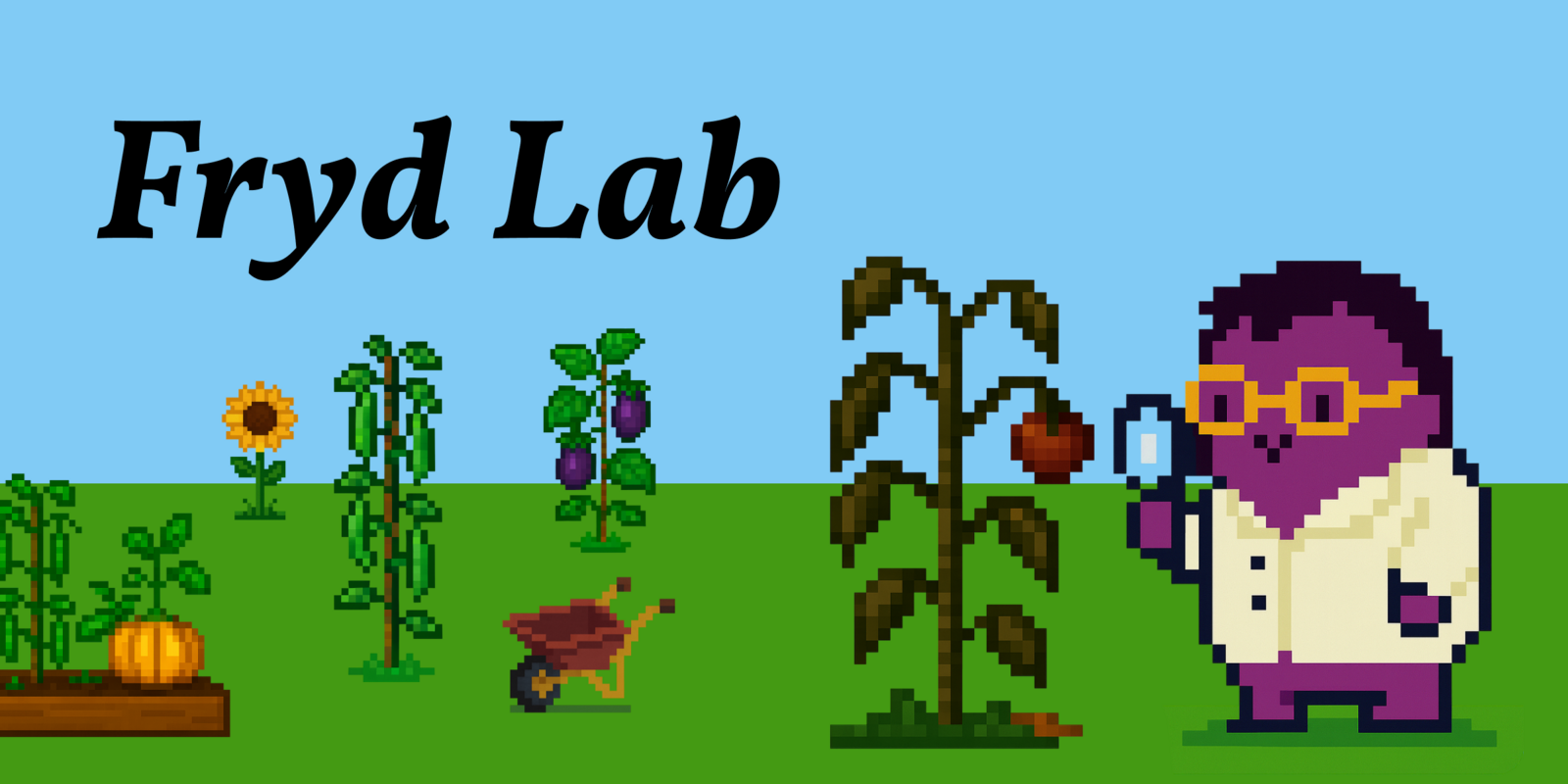
Put an End to the Garden Guessing Game With Fryd Lab
In times of climate change, gardening can feel like a bit of a gamble. There’s no shortage of advice and recommendations out there—but most of it treats every garden the same. Yet even within the UK, conditions vary enormously, let alone across Europe or further afield. Much of the guidance we rely on is still based on historical averages—weather patterns that no longer hold true. The result? Failed harvests, frost damage, or outbreaks of pests that thrive in shifting conditions. Frustration is growing, both among home gardeners and within agriculture. But rather than giving up, we can learn from these changes. What we need are fresh, dynamic data and practical guidance that make these shifts visible—and help us build gardens that are more resilient. That’s exactly why we created Fryd Lab.
Read on to discover how citizen science can help bridge the gap—and become part of the solution to the challenges of gardening in a changing climate.
This Article Contains:
- Why Traditional Gardening Advice Is Reaching Its Limits
- Traditional Farming Rules in Transition
- When Research Reaches Its Limits
- Citizen Science as a Bridge Between Practice and Research
- That’s Why We Founded Fryd Lab
- From Empirical Knowledge to Practical Recommendations
- From Gut Feeling to Clarity
- FAQ: Fryd Lab
Quick Overview
Fryd Lab at a Glance
Fryd Lab is a citizen science platform within the Fryd app. Here, gardeners record real observations and experimental data to jointly create a dynamic data set. The aim is to develop more precise and locally adapted planting recommendations based on real garden conditions - not laboratory conditions. Participation is free and open to all.
This Is How It Works:
- Step 1: Gardeners record, observe and track the growth in their gardens.
- Step 2: Scientific partners evaluate the data to gain insights.
- Step 3: Fryd transforms scientific findings into actionable advice.
Why Traditional Gardening Advice Is Reaching Its Limits
Most of what we know about growing vegetables comes from two main sources: hands-on experience and scientific studies. Both are valuable, but in many ways incomplete and overly general. They offer rough guidelines at best and can only be applied to real garden conditions—with their countless regional differences and microclimates—to a limited extent. In the UK, as in the rest of Europe, local conditions vary widely. The season begins earlier in Cornwall than in Northumberland; soils in the north hold water differently from those in the south; and city gardens often run several weeks ahead of their rural counterparts thanks to warmer microclimates. Yet most gardening advice still relies on outdated average weather data (IPCC, 2021)—figures that no longer reflect today’s reality.
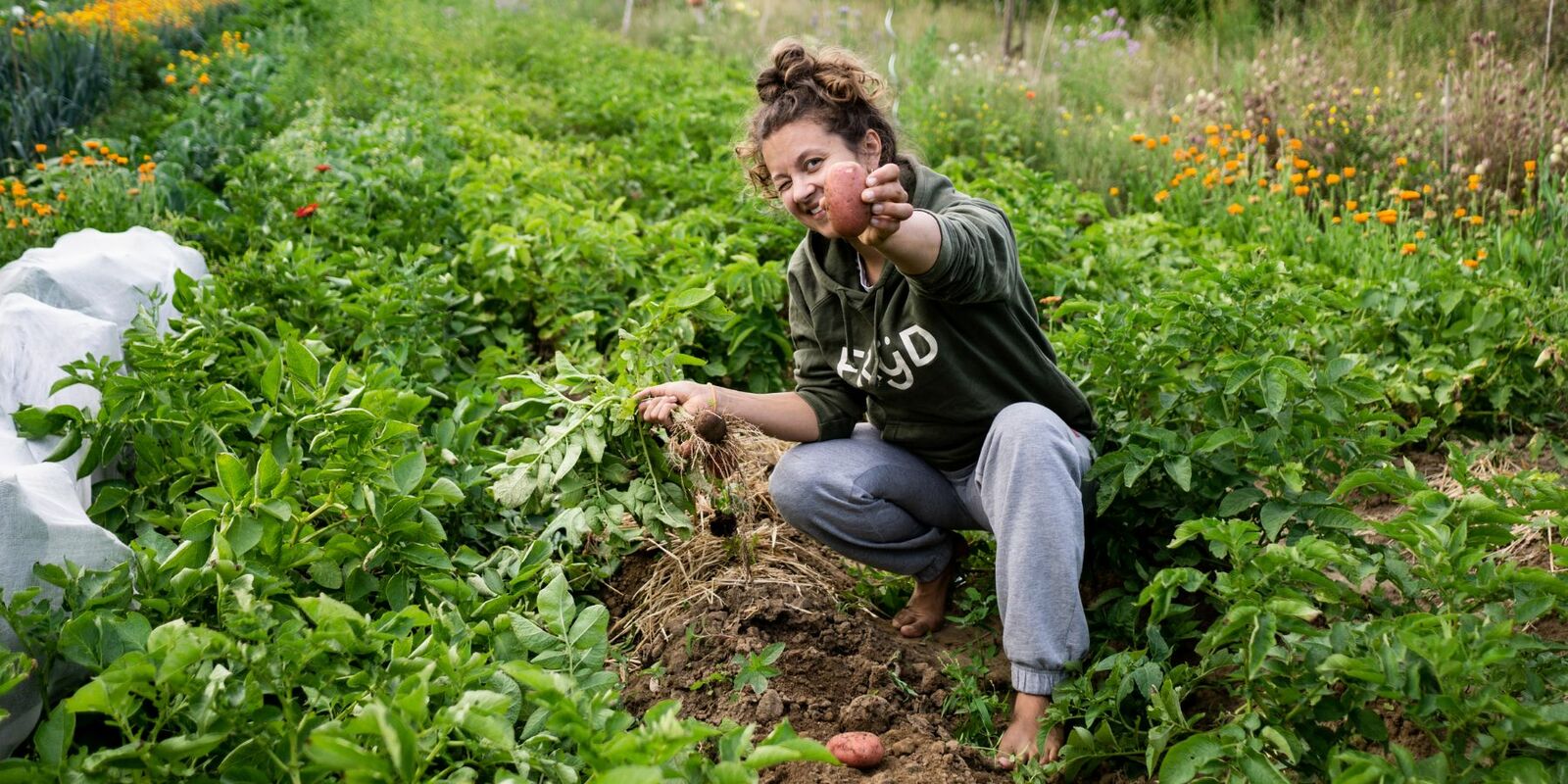
Traditional Farming Rules in Transition
These traditional farmers’ sayings also originated in a time when weather patterns were far more predictable. Until well into the 19th century, such proverbs had a surprisingly high degree of accuracy and offered useful guidance for managing crops and livestock. In Britain, they were passed down through generations of farmers and gardeners, forming a kind of folk-based climate knowledge. Well-known examples include “Cast ne’er a clout till May be out” – a warning not to trust the mild weather too soon – or “A cold May and a windy makes a barn full and a chimney,” suggesting that a cool spring leads to a good harvest.
Much like in continental Europe, these sayings provided orientation and a sense of regularity that people could rely on. The earliest English collections of weather lore, such as The Husbandman’s Practice (1557) and later Poor Robin’s Almanack (17th century), codified this oral tradition into written form. They reflect centuries of accumulated local experience – a kind of proto-meteorology rooted in observation rather than measurement.
Why Traditional Farming Rules Hardly Offer Any Guidance Today
A lot has changed since then – population density, living conditions, agricultural practices, and our understanding of nature. In addition, the weather and climate are shifting in ways that no longer follow the familiar seasonal patterns. Long-term observations from the UK Met Office and the Royal Horticultural Society show that flowering and harvest times for many species have already advanced by several weeks across Britain (RHS, 2022; Met Office, 2023). At the same time, extreme weather events are becoming more frequent and intense (IPCC, 2021): prolonged droughts, sudden downpours, heatwaves, and late frosts are increasingly common.
As a result, general sowing and planting recommendations have lost much of their reliability. What once held true as a rule of thumb now often fails to apply – and certainly not uniformly across all regions of the UK.
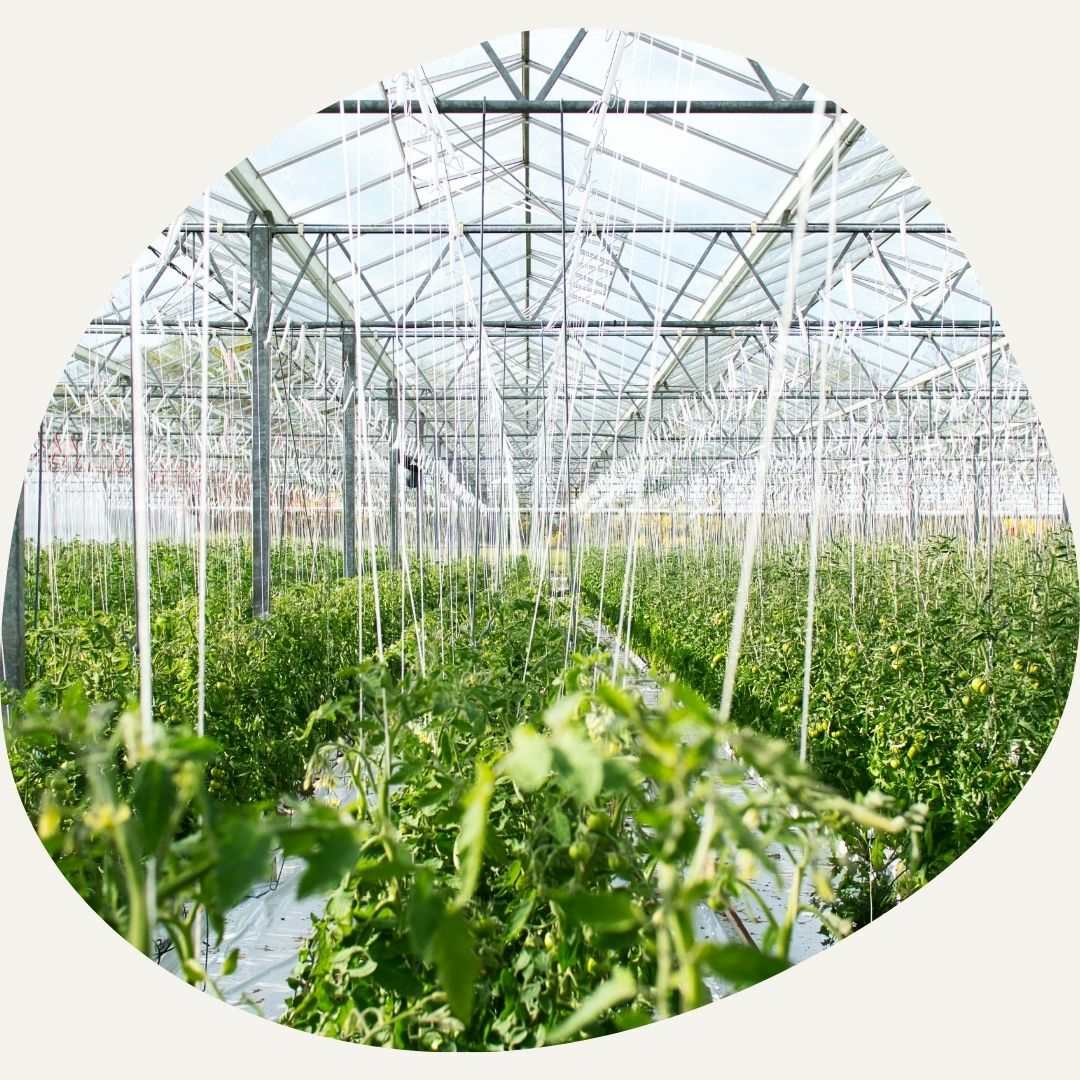
This is what test fields often look like.
When Research Reaches Its Limits

This is what test fields often look like.
Scientific studies on plant cultivation are usually conducted under controlled conditions – in greenhouses, on experimental plots, or in laboratories. This is necessary to isolate and measure specific variables, ensuring results can be compared and replicated.
However, real gardens and growing sites are far more complex. Every location has its own combination of soil composition, microclimate, light, moisture, and management practices – factors that interact in ways that are difficult or impossible to control scientifically. Even when data is collected outdoors, it often reflects the specific conditions of that test site rather than the diverse realities found across gardens and allotments in the UK.
Although these field experiments are closer to real-world conditions, they still involve countless non-measurable factors that influence both the experimental setup and the outcome. These include variables such as weather fluctuations, soil heterogeneity, and seasonal repetitions (Dabei L. et al., 2025). For this reason, such data cannot simply be transferred to home or allotment gardens (Agrithority, 2024).
Even meta-studies that account for site variability struggle to capture the full range of environmental and management differences found across real gardens. This site-specific variability remains one of the greatest challenges in horticultural and agricultural science – and it is precisely here that citizen science can play a crucial role.
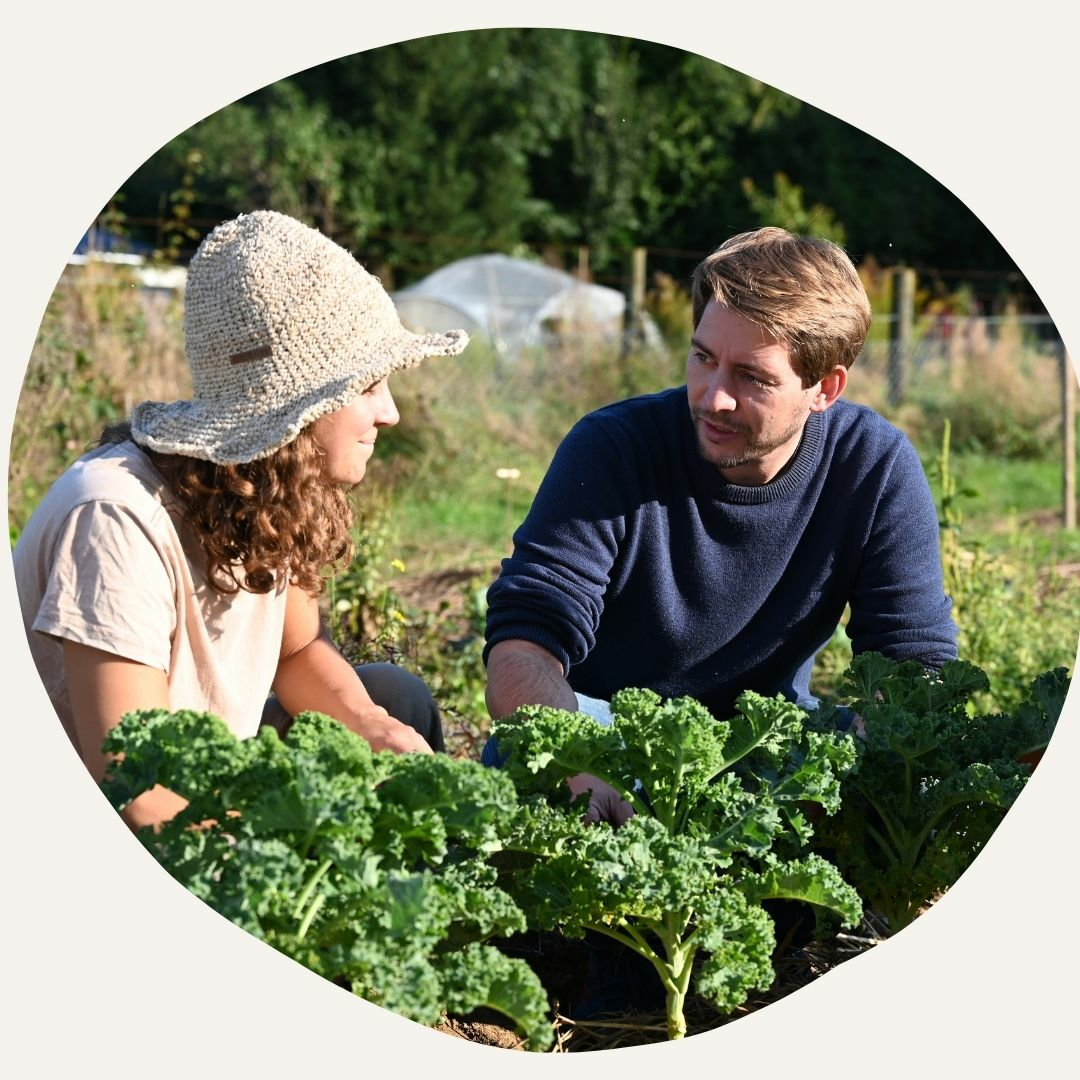
Citizen researchers collect data from real gardens.
What Is Citizen Science?

Citizen researchers collect data from real gardens.
Citizen science refers to research and data collection in which members of the public actively participate alongside professional scientists. In this approach, data is gathered not only by experts but also by non-professionals – so-called citizen scientists. The goal is to collect large, diverse datasets and to generate new scientific insights from them.
Citizen Science as a Bridge Between Practice and Research
While commercial agriculture receives substantial scientific attention and funding, private and community gardens remain largely overlooked in research (Lin et al., 2015). Most funding is directed towards large-scale farms, standardized crops, and measurable yields – not towards the countless small gardens that, collectively, hold enormous ecological and social potential.
In the UK, private gardens cover an estimated 959,800 hectares, roughly equivalent to 4.6 % of the nation’s land area (RHS, 2025). Taken together, these spaces represent a significant resource for biodiversity, carbon storage, and urban resilience. Yet they remain one of the least studied parts of our cultivated landscape.
How Citizen Science Closes the Data Gap
Citizen science can play a key role in closing the data gap within research and enabling large-scale data collection. Gardeners—people like you and me—can gather observations, while scientists analyse the results. Numerous projects have shown that data collected by citizens can be both valid and valuable, provided it is gathered in sufficient quantities and using clear, consistent methods (Bonney et al., 2016; Kosmala et al., 2016). Critics may argue that data from private individuals is unreliable, yet there’s a strong scientific counterpoint: with many repetitions, comparison regions, and statistical correction methods, individual errors can be effectively balanced out.
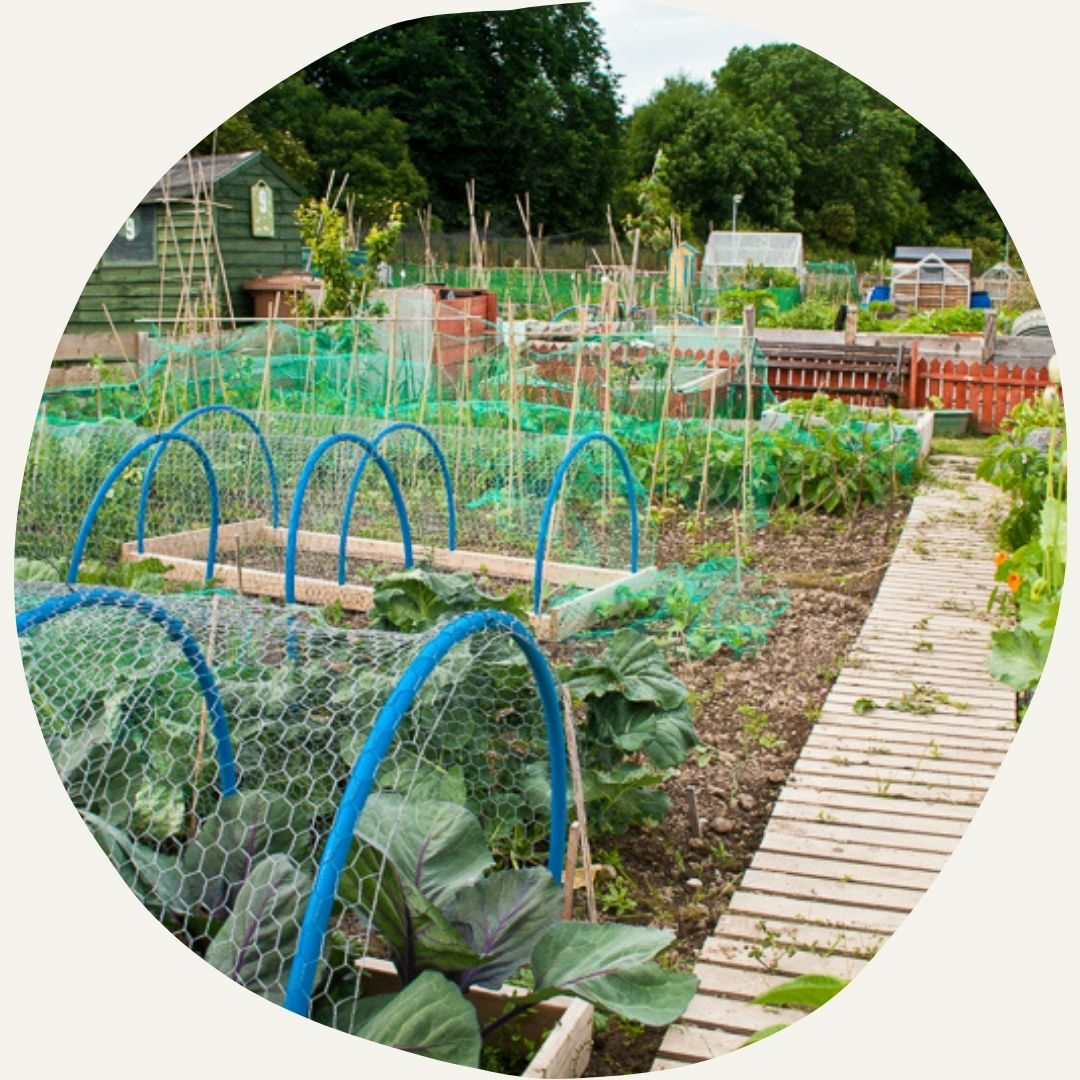
Citizen science can provide an enormous amount of previously inaccessible data.
Local Knowledge as a Missing Piece of the Puzzle

Citizen science can provide an enormous amount of previously inaccessible data.
In addition, the participation of gardeners from many different regions contributes valuable local knowledge about microclimates. Experienced growers know which varieties thrive in their area and which plants can survive a late frost. For newcomers to gardening, this kind of insight is a goldmine. Yet such knowledge is rarely documented scientifically—despite being essential for developing practical recommendations. By gathering it systematically, we can integrate insights from a wide range of locations, regions and climate zones. The patterns and guidelines that emerge from this process are much like the traditional farming rules of the past—with one crucial difference: these new recommendations are grounded in real and up-to-date data.
That’s Why We Founded Fryd Lab
Our own experience—and the contributions from the Fryd community—show one thing clearly: no two gardens are alike. A tip that works brilliantly in southern Germany might fail completely in the north. Yet the same recommendations printed on seed packets or shared in blog posts are applied everywhere. And that’s understandable: it’s impossible to account for every climate zone in a single article—especially when reliable data are scarce.
Collecting data from private gardens is equally challenging. The information is scattered, recorded in different ways and rarely comparable. This is where the gap between knowledge and reality opens up: there’s an abundance of experience, but no systematic evaluation. At Fryd, we believe the knowledge already exists—it just isn’t connected. With Fryd Lab, we aim to change that: by building a dynamic database that gathers and analyses data from gardens across regions to turn local insights into collective understanding.
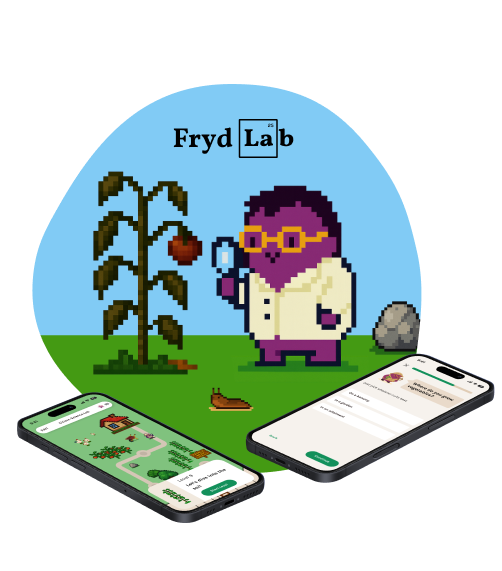
May we introduce: Fryd Lab.
The Knowledge Is There – Just Not Bundled

May we introduce: Fryd Lab.
Every day, gardeners share their observations and experiences within our community. It’s a lively and inspiring exchange that reveals just how much collective gardening knowledge exists among Fryd users.
That got us thinking: every gardener naturally observes their plants, the weather and their surroundings. All these notes and impressions are valuable—they show how differently gardens can respond to the same summer.
– Which varieties survived the heat?
– Which plants produced the best yields?
– What challenges came up this year?
– And which of them can I actually influence?
From this data, we can begin to identify patterns and develop practical recommendations—tailored to your region and climate zone. That’s exactly what we’ve built with Fryd Lab. Fryd Lab provides a space where these observations are systematically recorded, anonymised and scientifically analysed. The individual insights of many gardeners come together to form a shared and ever-growing body of knowledge.
From Empirical Knowledge to Practical Recommendations
Together with partners such as Garden Organic, we design simple, accessible experiments that can easily be integrated into everyday life. Fryd Lab collects the data, while our scientific partners analyse and interpret it. These datasets are then used to generate dynamic, region-specific recommendations for your garden. Step by step, this builds a living database of real gardens—continuously evolving and expanding.
All data are published as open data, allowing scientists, local authorities and other gardeners to explore and build upon them. The result is a constantly growing knowledge base, freely available to everyone. Every single contribution helps sharpen the overall picture—and, in turn, provides better guidance and insights for all.
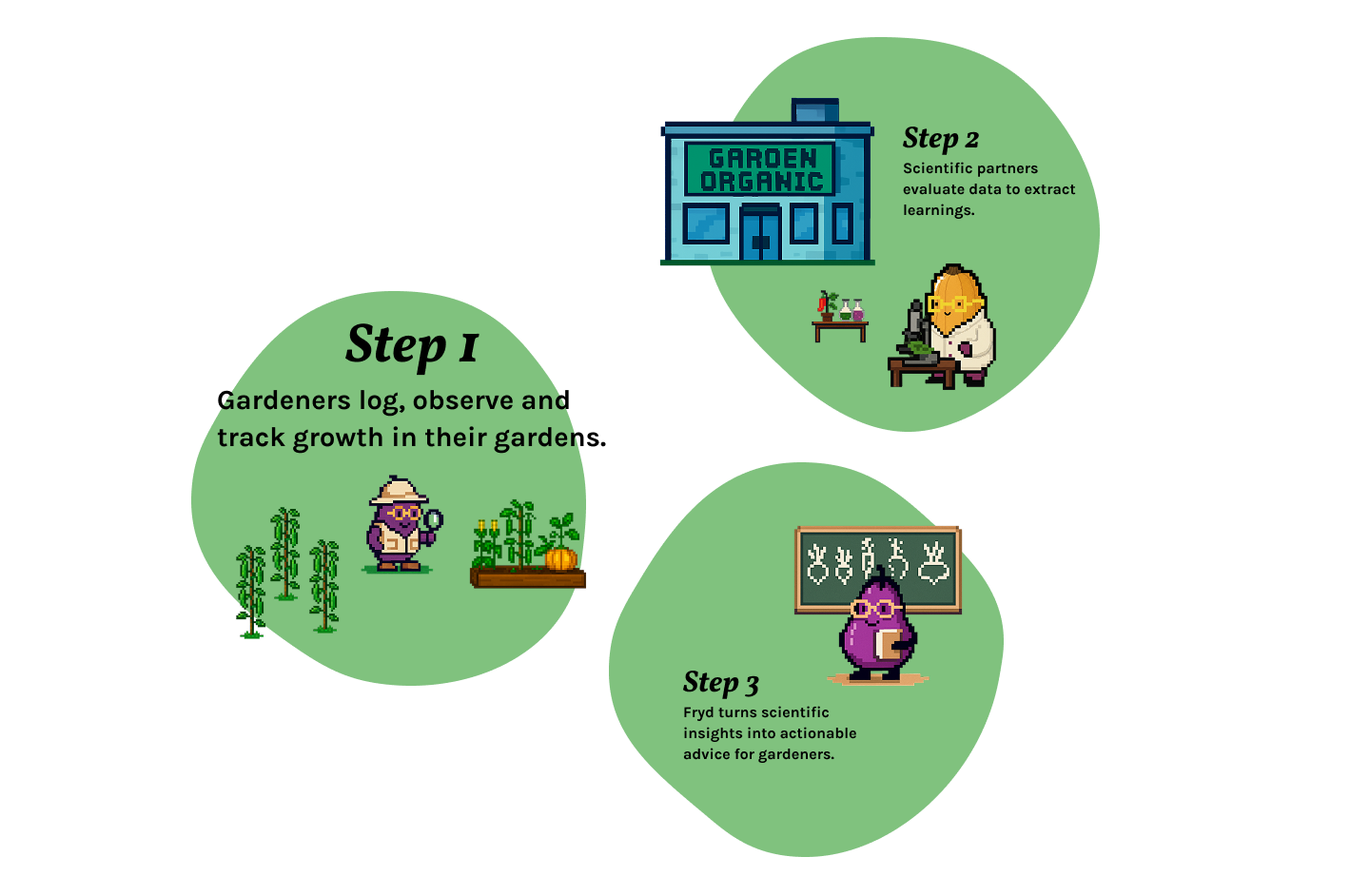
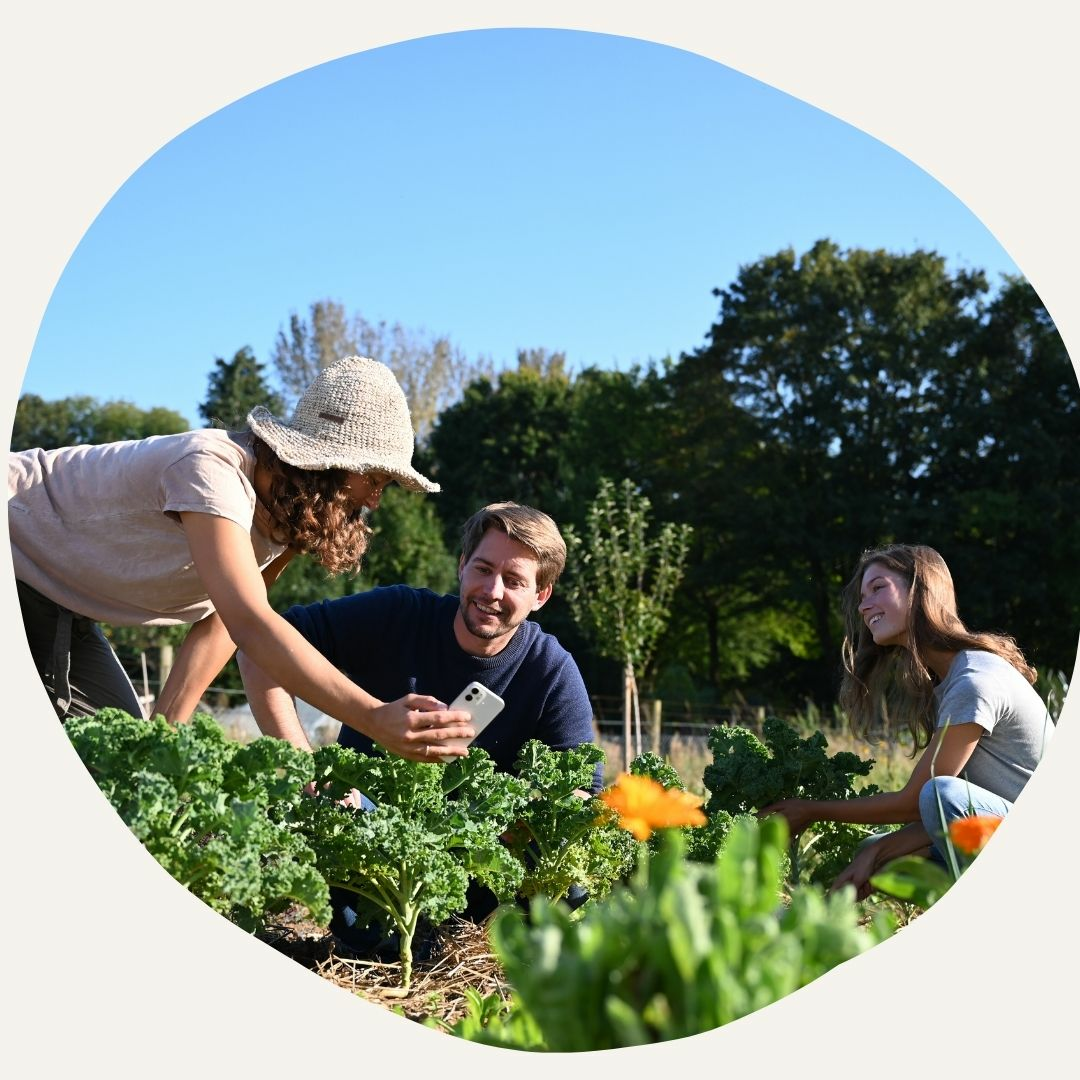
From garden guessing game to digital garden companion.
From Gut Feeling to Clarity

From garden guessing game to digital garden companion.
The goal is to move beyond static data and towards advice that reflects real, regional contexts. Step by step, average figures and one-size-fits-all recommendations can give way to local insights. Fryd Lab is a tool designed to turn the gardener’s wheel of fortune into a learning system for the future. With this foundation, we can adapt dynamically to ongoing climatic changes. At Fryd, we call this shift “from the garden guessing game to the digital garden companion.” It’s a transformation that turns countless small observations into one shared purpose: gardening in tune with change, guided by knowledge that grows alongside it.
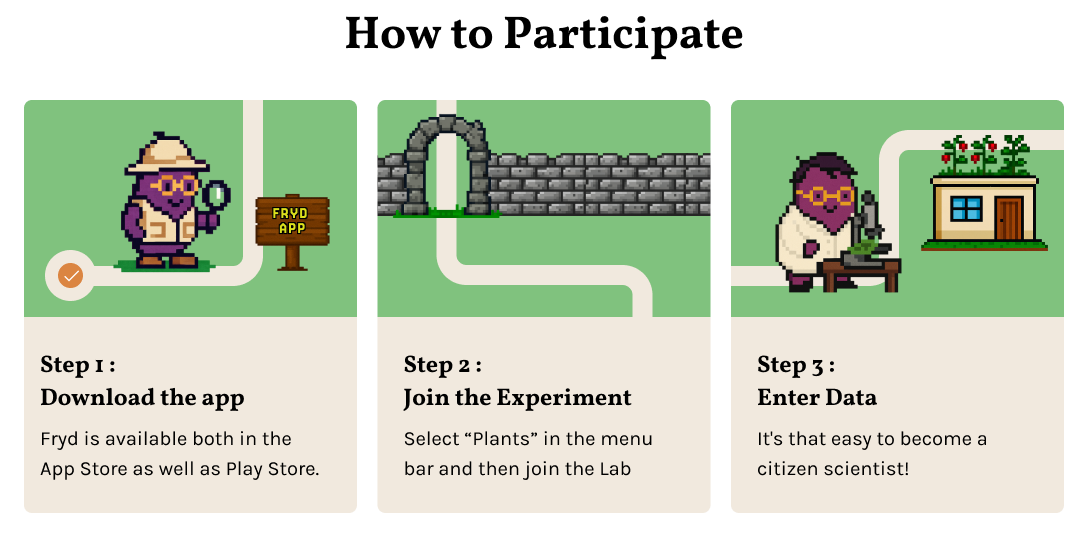
If you have any questions or comments, please write to us at [email protected]. Follow us on Instagram or Facebook to never miss an article again. You can also subscribe directly to our newsletter.
Would you like to receive helpful gardening tips all year round and plan your own beds optimally? Then register here or download the Fryd app for Android or iOS.
Fryd - your digital bed planner
Sources:
- Agrithority, 2024: When are controlled conditions better than field environments? Abgerufen von https://agrithority.com/when-are-controlled-conditions-better-than-field-environments/
- Bonney, R., Phillips, T. B., Ballard, H. L., & Enck, J. W., 2016: Can citizen science enhance public understanding of science? Public Understanding of Science, 25(1), 2–16. https://doi.org/10.1177/0963662515607406
- Intergovernmental Panel on Climate Change (IPCC), 2021: Climate Change 2021: The Physical Science Basis.Cambridge University Press.
- Kosmala, M., Wiggins, A., Swanson, A., & Simmons, B., 2016: Assessing data quality in citizen science. Frontiers in Ecology and the Environment, 14(10), 551–560. https://doi.org/10.1002/fee.1436
- Lin, B. B., Philpott, S. M., & Jha, S., 2015: The future of urban agriculture and biodiversity–ecosystem services. Ecosystem Services, 12, 1–8. https://doi.org/10.1016/j.ecoser.2014.09.002
- Met Office, 2023. State of the UK Climate 2023.
- Royal Horticultural Society (RHS), 2022. Gardening in a Changing Climate: Research Report.

Marie
Marie is an agronomist. She is particularly interested in the sustainable and organic cultivation of vegetables and other plants. In her own garden, she gained experience and likes to try things out to learn from nature. She is particularly interested in the values and principles of permaculture, in order to contribute not only to the well-being of nature, but also to the well-being of people and future generations.
Learn MoreCurrent Topics in the Community
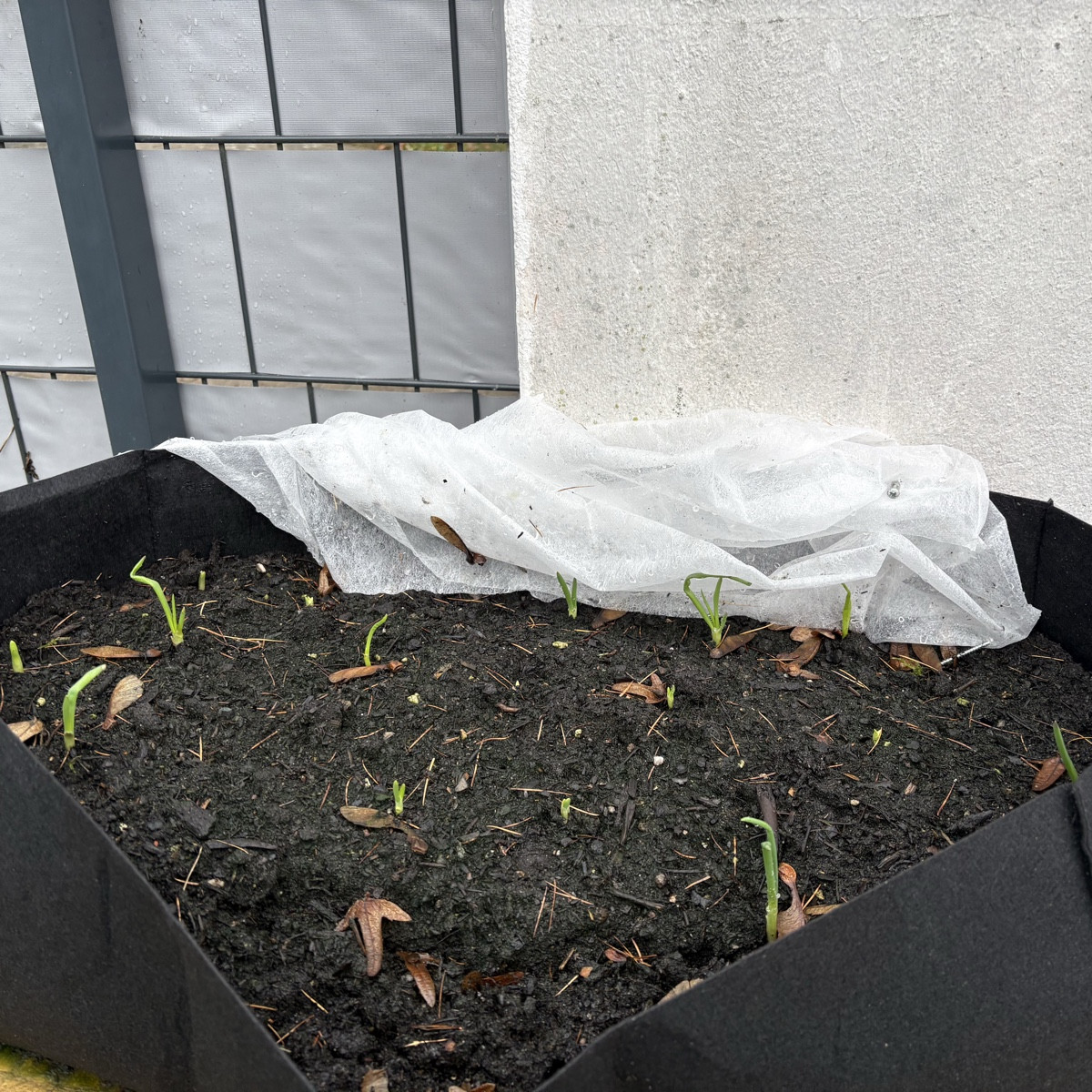
Liked 1 times
My winter onions are also growing quite well. They are of the Red Cross variety. I planted them on 28.10 in a felt pot 60x30x20 cm
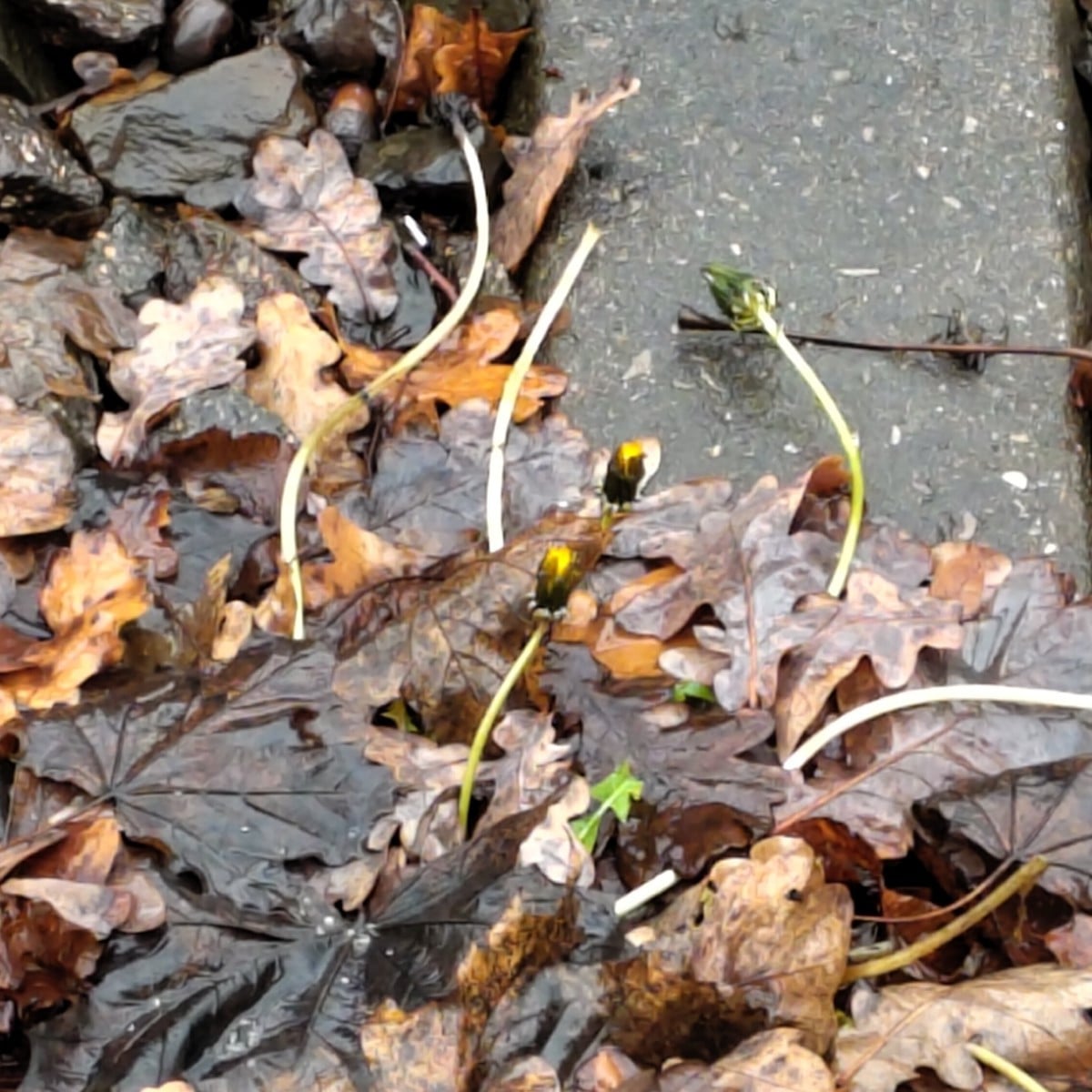
Liked 6 times
Another post from the curiosities section: I noticed this dandelion at the streetcar stop in a 'wintry' 13°C weather. It obviously thinks that snow and double-digit frost were enough winter and is now pushing new flowers through the foliage. It's a shame it's by the tracks, otherwise it would probably have ended up in my salad. 😋
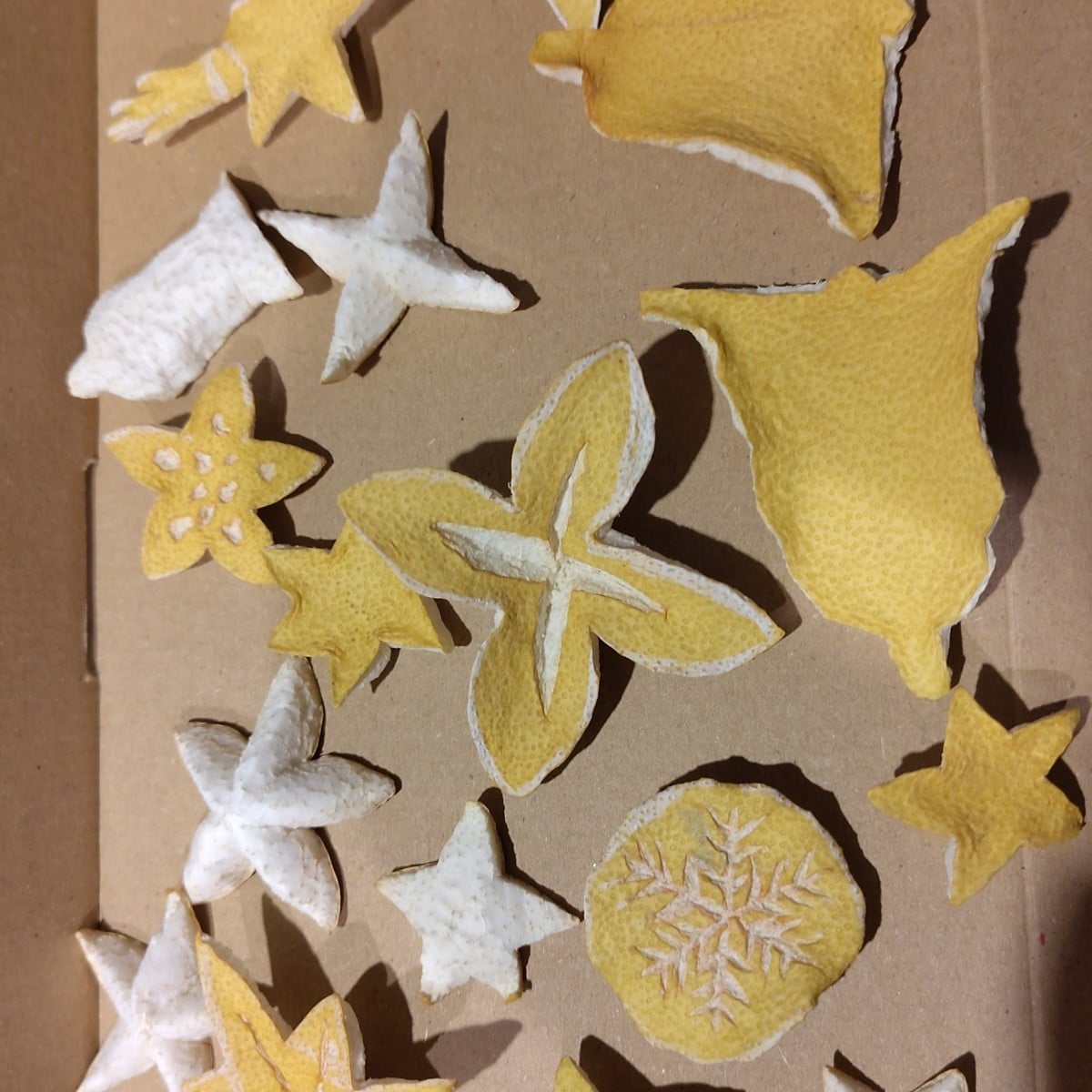
Liked 16 times
As a suggestion for those who eat citrus fruits and have some time in the evening: simply cut a few simple shapes out of them with a sharp knife and dry them on the heater. The next day it was bone dry in our house ;)
Show 3 answersPopular Articles
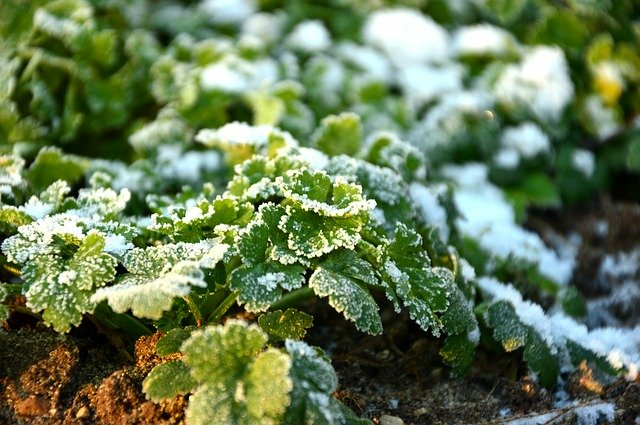
Overwintering Parsley: How to Do It Successfully
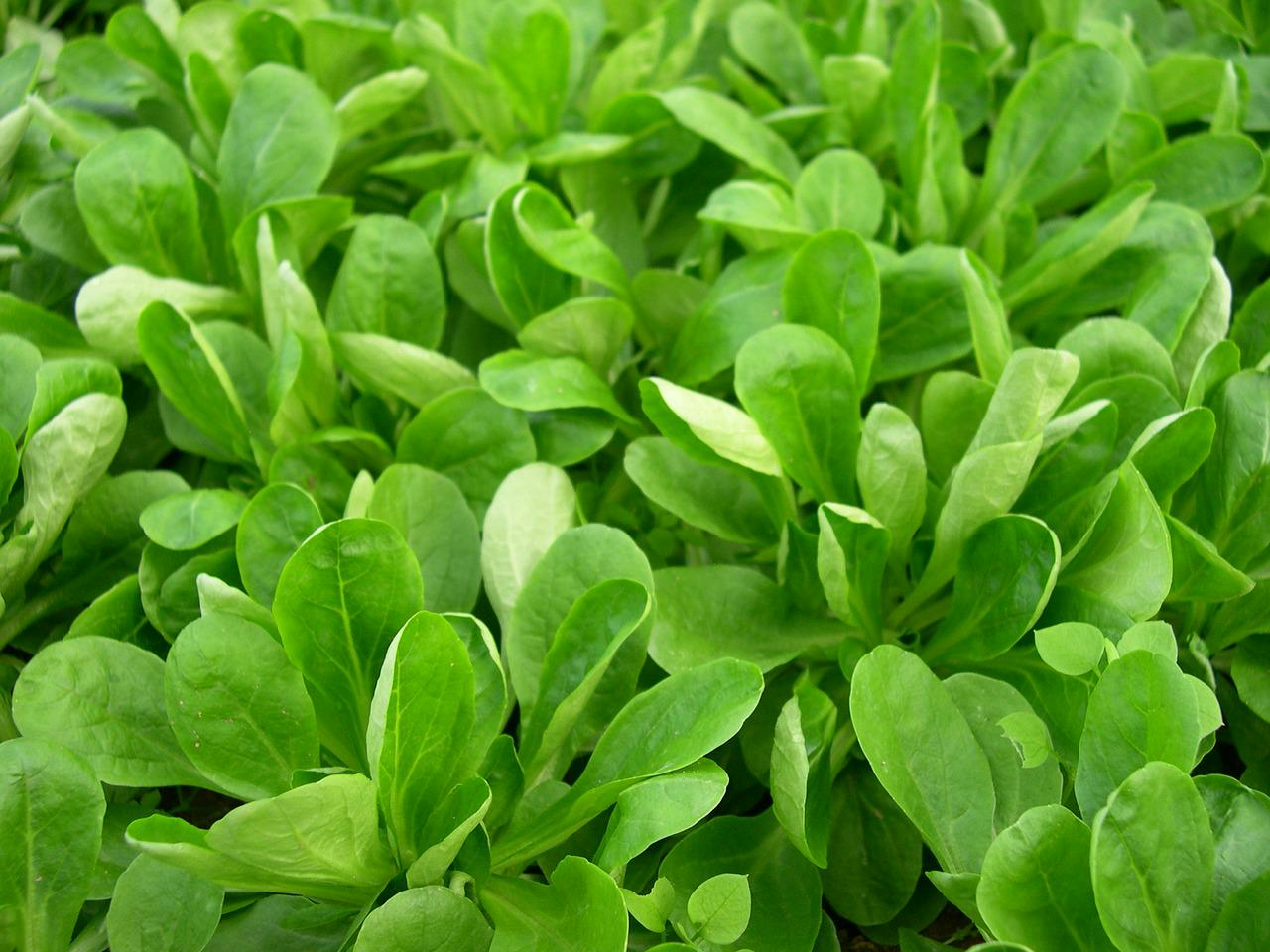
How to Grow Lettuce in Winter: Varieties, Sowing, Harvesting

Growing Sage Plant: Tips for Sowing and Harvesting
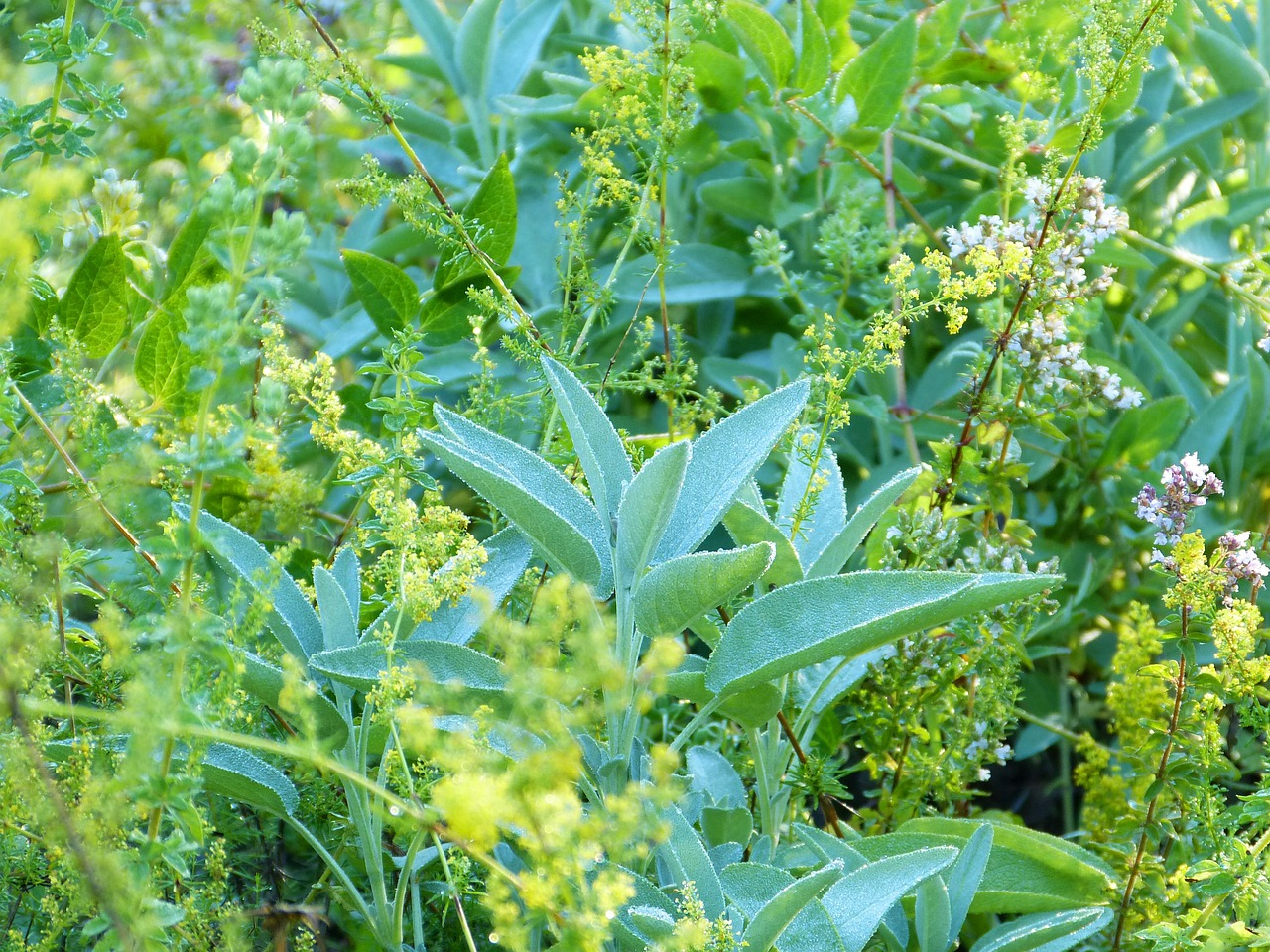
What Herbs Can Be Planted Together?
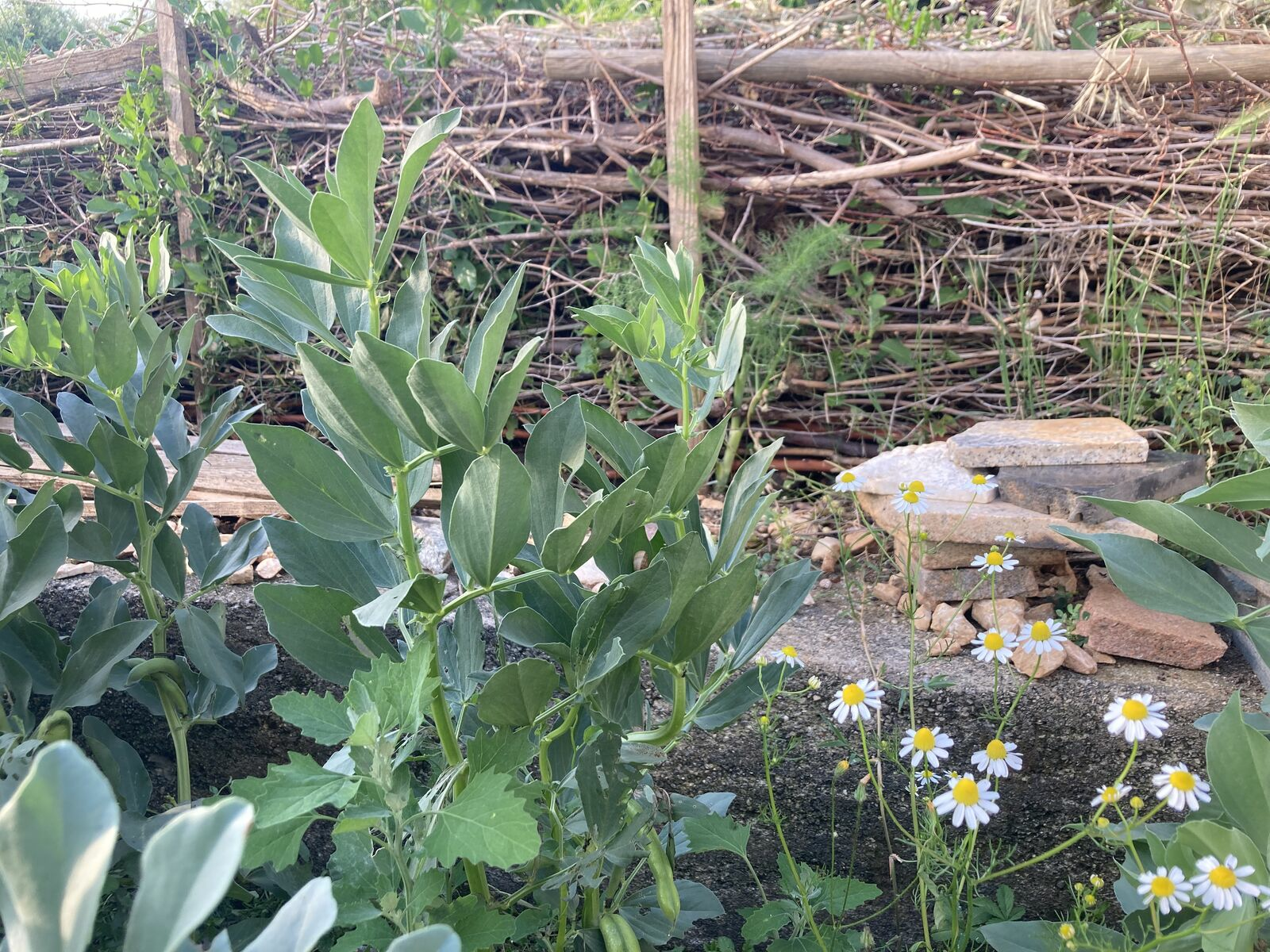
Create & Design a Permaculture Garden
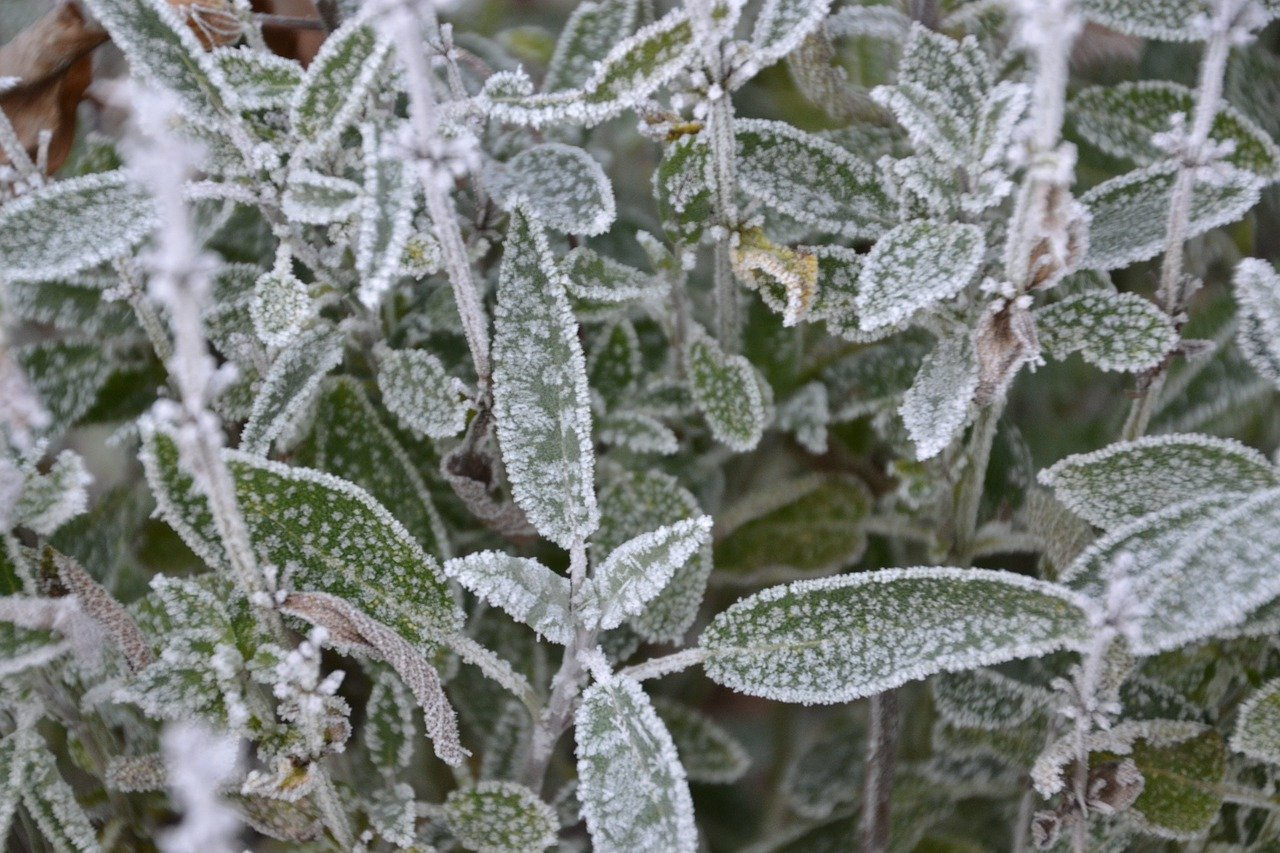
Overwintering Plants: Tubs, Pots and Raised Beds

Pruning, Fertilizing & Propagating Currants: Care Tips
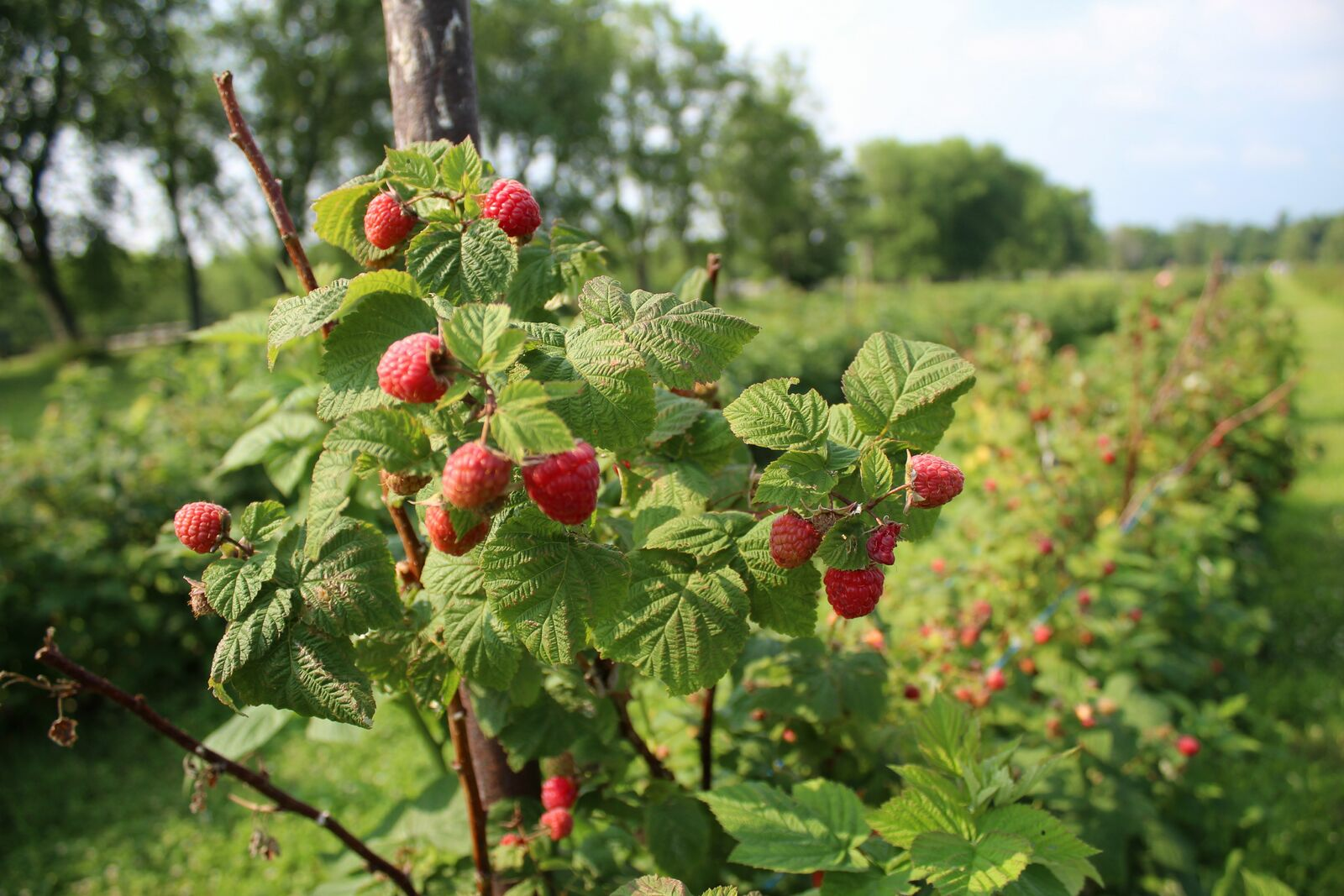
Pruning Raspberries: How to Do It
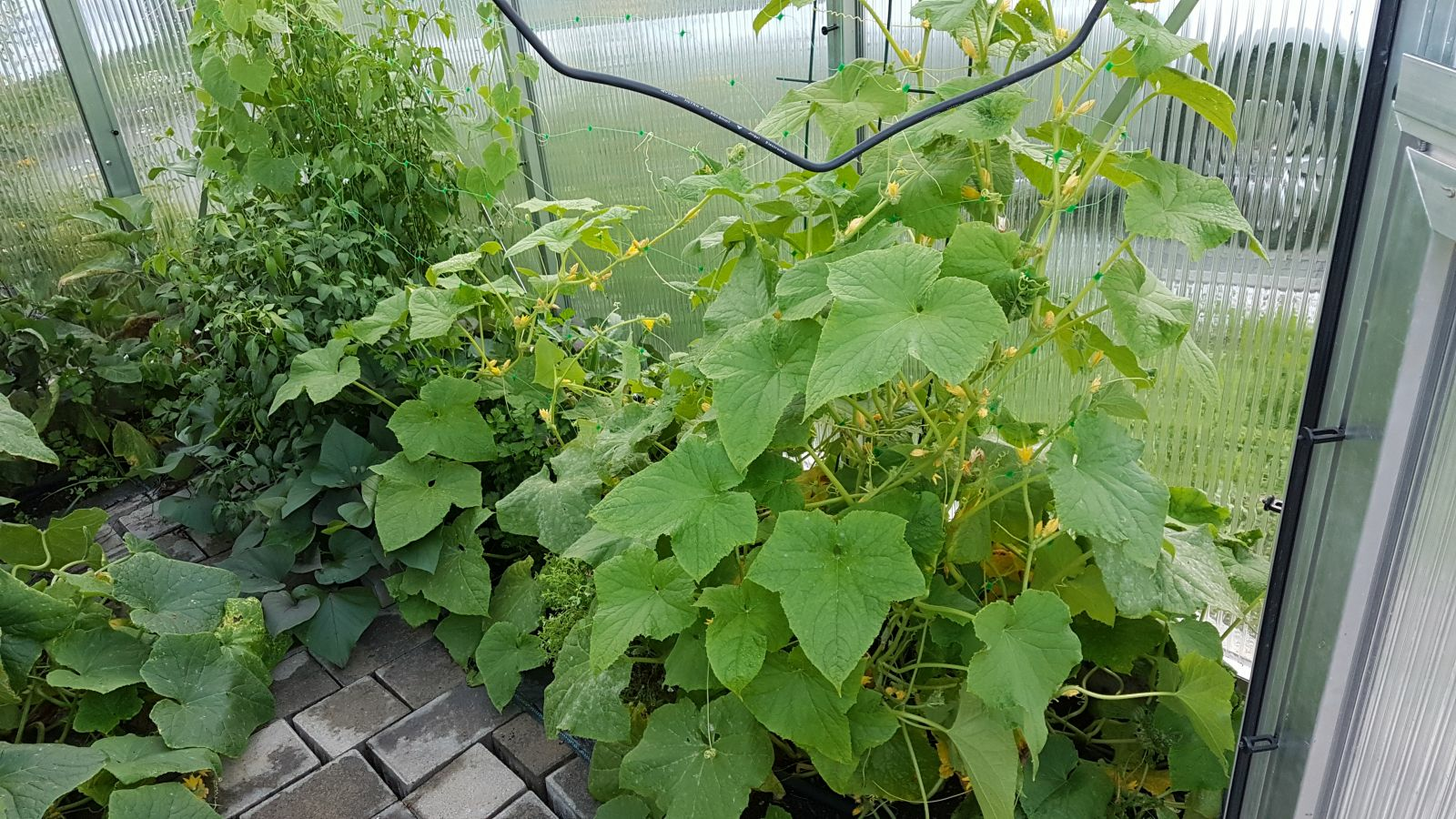
Vegetable Garden With Greenhouse: How to Use Greenhouse Effect
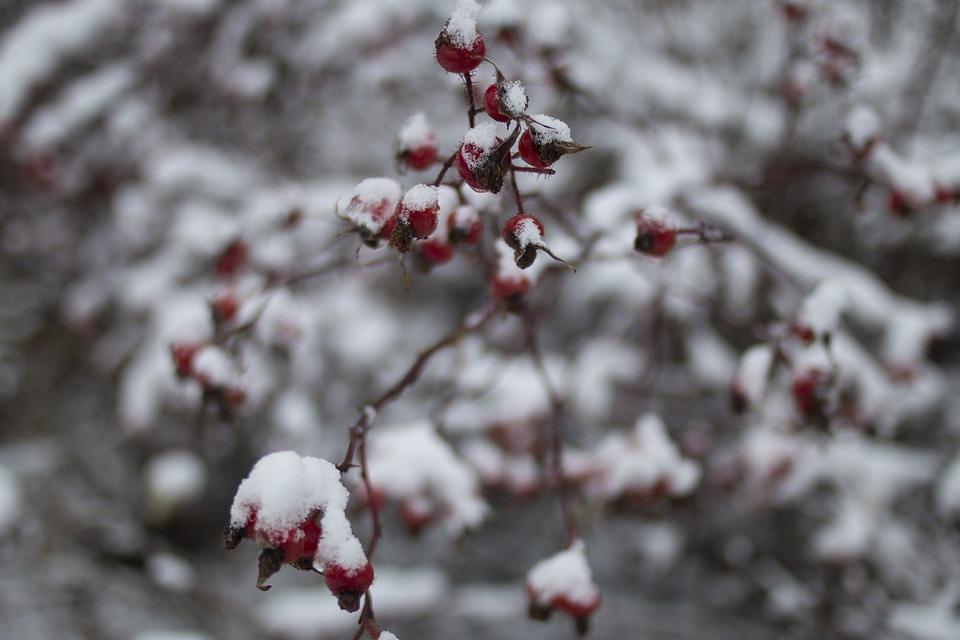
Winterizing Beds and the Garden: How to Do It
FAQ
Open the Fryd app, go to "Fryd Lab", select an experiment or activity and start.
No. The tasks are kept simple and explained step by step. With normal gardening practice, you're ready to go.
Depending on the activity, usually 2-5 minutes for a short evaluation or note. Some projects run throughout the season, but your contributions remain short.
Yes, participation and evaluation are free of charge and can be accessed via the free version of Fryd.